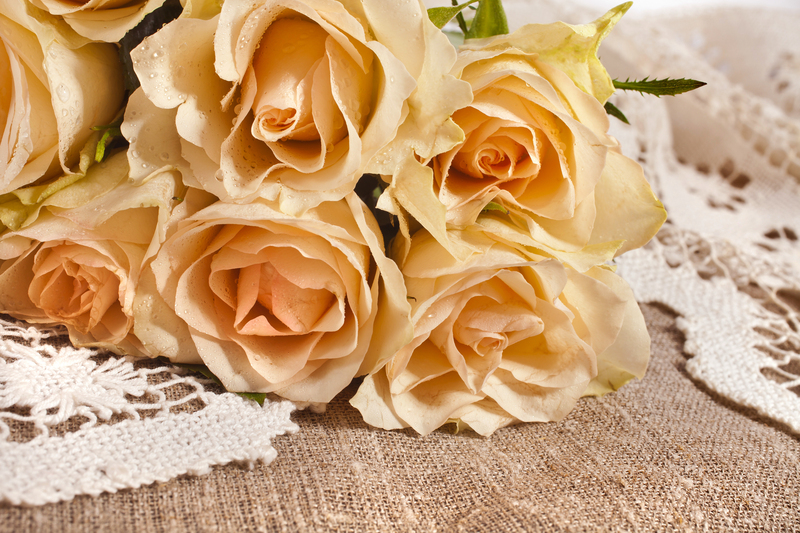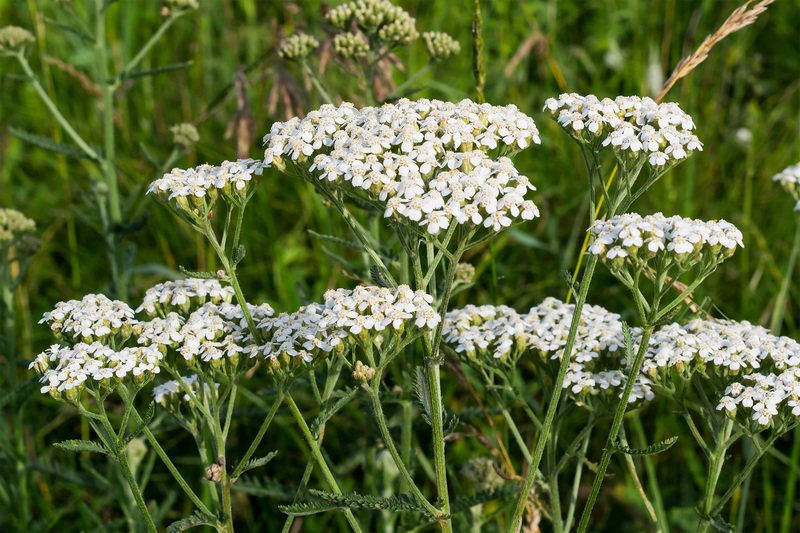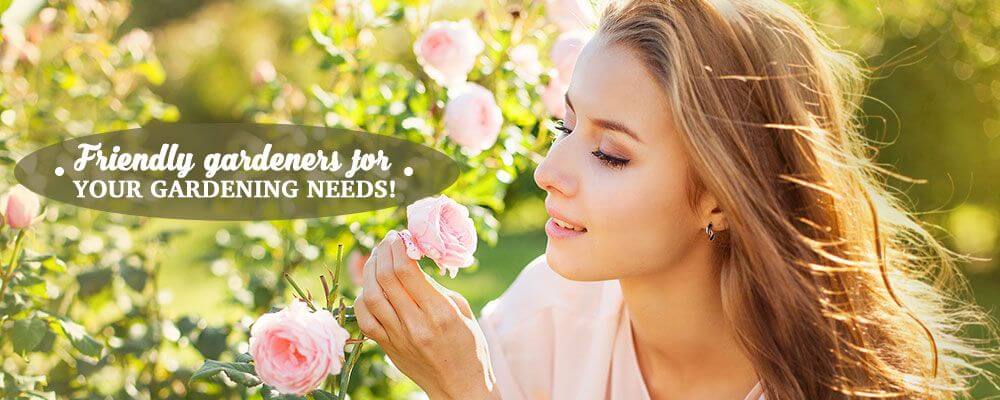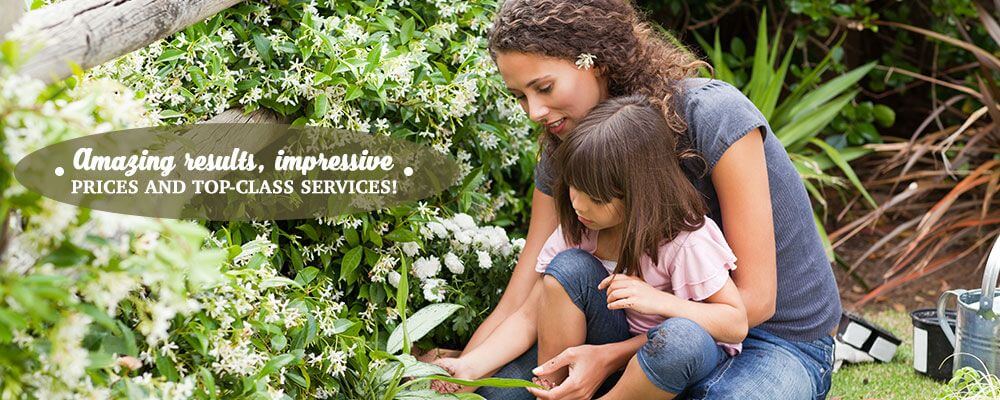Drawing Birds Into Your Garden
Posted on 30/03/2025
Drawing birds into your garden can be a delightful and rewarding experience. By creating a bird-friendly environment, not only do you help local wildlife thrive, but you also introduce a beautiful and dynamic element into your garden. Bird gardening involves thoughtful planning and execution, aiming to attract a variety of bird species by providing food, shelter, and nesting sites.
Choosing the Right Plants
The easiest way to attract birds is through your choice of plants. Native plants are excellent choices because they provide natural food sources like fruits, seeds, and nectar that local bird species prefer. Consider planting a variety of trees, shrubs, and flowering plants that offer year-round benefits:
1. Trees and Shrubs: Oaks, pines, and spruce trees are excellent for providing shelter and nesting sites. Berry-producing shrubs such as holly, elderberry, and dogwood offer food in colder months.
2. Flowering Plants: Sunflowers and coneflowers produce seeds that birds love. Nectar-producing flowers like trumpet vines can attract hummingbirds.
3. Grasses and Ground Covers: Native grasses provide seeds and serve as shelter.

Providing Water Sources
Birds need water for drinking and bathing. A birdbath, fountain, or small pond can be an attractant. Ensure the water source is clean, as stagnant or dirty water can spread diseases.
- Birdbaths: Place birdbaths at different heights (ground level and raised) and ensure the water is fresh. Heated birdbaths can be beneficial during winter.
- Ponds and Fountains: Moving water can attract more birds. Consider adding a recirculating stream or fountain to your garden.
Feeding Birds
While natural food sources from plants are ideal, supplementing with bird feeders can help attract birds to your garden.
1. Types of Feeders: Use a variety of feeders (tube, platform, suet, and finch feeders) to accommodate different species.
2. Types of Food: Black-oil sunflower seeds, suet cakes, and nectar will attract a wide range of birds. Remember to clean feeders regularly to prevent disease.
Creating Shelter and Nesting Sites
Birds need safe places to hide from predators and harsh weather, as well as suitable sites for nesting.
- Nest Boxes and Houses: Install nest boxes suitable for species in your area. Make sure they are placed securely to protect from predators.
- Dense Shrubbery and Trees: Thick foliage provides excellent cover and nesting opportunities.
Maintaining a Healthy Garden
A well-maintained garden is a healthier, more attractive habitat for birds.
- Use Organic Practices: Minimize or eliminate the use of pesticides and fertilizers which can harm birds and their food sources.
- Regular Cleaning: Clean feeders, birdbaths, and nest boxes to prevent disease.
Tips for Attracting Specific Bird Species
To attract a specific type of bird, tailor your garden's features accordingly:
1. Hummingbirds: Plant tubular flowers like trumpet vine and bee balm. Use nectar feeders.
2. Finches: Grow sunflowers and thistles. Use tube feeders with nyjer seeds.
3. Woodpeckers: Provide suet in specialized feeders. Trees with natural cavities are also attractive.
4. Sparrows and Chickadees: Offer black-oil sunflower seeds in platform feeders and install small nest boxes.
Pros and Cons of Bird Gardening
Pros:
- Enhances garden aesthetics and enjoyment.
- Supports local wildlife and biodiversity.
- Can control insect populations naturally.
Cons:
- Can attract unwanted pests (squirrels, rodents).
- Requires ongoing maintenance and cleaning.
- Potential for disease transmission if not managed well.

Takeaways
- Use native plants to provide natural food and shelter.
- Install water sources and keep them clean.
- Offer a variety of feeders and food types.
- Provide nesting sites with appropriate boxes and foliage.
- Maintain a clean and healthy garden environment.
Conclusion
Drawing birds into your garden can transform your outdoor space into a lively, vibrant ecosystem. With the right plants, water sources, feeders, and nesting sites, you can create a haven for a variety of bird species while enjoying the benefits of their presence. Remember that maintaining your bird-friendly garden with care and attention is key to fostering a thriving environment where both birds and gardeners can flourish.




